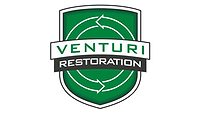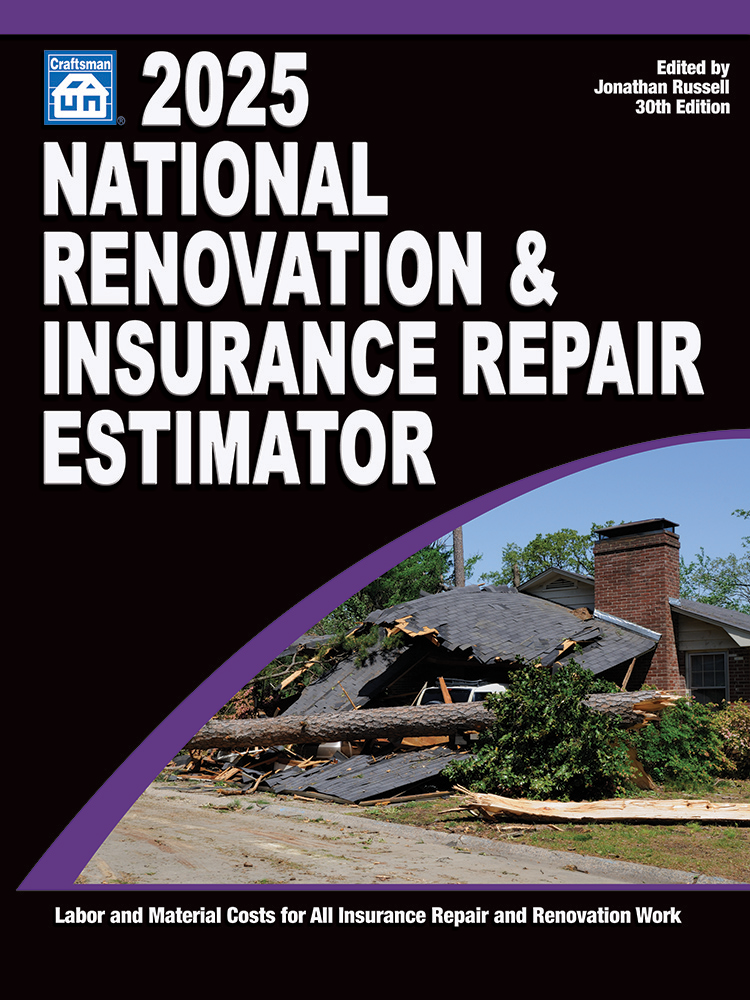Hurricane Ian Creates Huge Demand for Restoration Services

Photo credit:FrankRamspott / E+ via Getty Images
The 2022 Atlantic hurricane season had been fairly quiet. This was the first time in eight years that there were no pre-season named storms. Then came the week of Sept. 12. First, Hurricane Fiona started to form, becoming a tropical depression on Sept. 14 and heading for the U.S.
Fiona caused major damage to Puerto Rico and parts of Canada, but missed the U.S. for the most part after threatening the East Coast. But a week after Fiona’s formation started, Ian began building up in the West Indies. After hitting Cuba as a category 3 hurricane on Sept. 27, the storm headed for Florida.
The Keys were the first part of the state to experience Ian, as category 3. But the hurricane strengthened to a category 4 as it reached the mainland Sept 28. There were sustained winds of 145 mph, torrential rains reaching nearly two feet, and numerous tornadoes. The storm moved across Florida and then hit South Carolina on Sept. 30 with sustained winds of 85 mph.
Hurricane Ian left more than 100 people dead. It also caused billions of dollars of property damage. It’s now up to the restoration industry to repair that damage. The large national companies, such as Belfor and ServPro, started mobilizing their catastrophe response before Ian made landfall.
New Office Opens Ahead of Ian
One firm with a growing footprint opened a Florida office the week before the storm, when Venturi Restoration added its 21st location in Tampa. Derek Middleton, vice president of operations for Venturi Restoration, said the firm had taken over the business of an existing restoration company, although it wasn’t a traditional sale. The goal is to gain an entry into the Gulf market.
“We’re looking to use that as a hub for anything that comes into the Gulf,” Middleton said. “There always seems to be action in those areas.”
In this case, it seemed Venturi’s executives picked a location a little too close to the action. Early projections had Ian hitting Tampa, which would have been an even larger disaster. Instead, it moved south to the Fort Myers area, which is more residential.
There’s still plenty of work to do in the Tampa, as the hurricane’s damage was widespread. Middleton said the company’s first concern was the safety of the employees at its newest office. Many residents of Florida remained without power for days after the hurricane.
Patrick Matthew, senior vice president of quality assurance and catastrophe for Paul Davis USA, was one of them. Matthew lives in Orlando, and was still operating off generator power while coordinating the company’s efforts. On an October CoreLogic webinar about Hurricane Ian, Matthew said he took a canoe down his driveway to inspect the damage.
Technology helps make the process more efficient. Matthew said he uses CoreLogic software to determine the best way to dispatch crews. Staff are also reaching out to homeowners to see what kind of restoration needs they may have.
Insurance Issues Become a Challenge
This is creating some concern about fraud among residents and others. Some of that is legitimate concern. Matthew said staff need to ensure residents of their intentions.
“We’re trying to support as many people as we can,” he said. “It doesn’t mean were trying to take advantage of anyone.”
One of the biggest issues facing restoration efforts now is the insurance situation in Florida. There are estimates that a large number of homeowners in the affected areas lack any kind of property insurance. Then there are the conflicts that often arise between restorers, homeowners and insurance companies following any hurricane.
Sometimes these conflicts can get very serious. Florida restoration firm SFR Services sued United Property and Casualty Insurance Co. over denied claims from 2017’s Hurricane Irma. A federal judge recently dismissed the case.
Speaking at this year’s Experience trade show, attorney Ed Cross said restoration contractors need to form alliances with homeowners any time they are working with insurance companies. Cross said to explain early on that while adjusters and consultants want to help homeowners, they also want to control costs.
Cross recommends having the homeowner sign an insurance information release form so contractors can communicate directly with the carriers. He said contractors need to push carriers to fully comply with the policies they sold.
Looking for a reprint of this article?
From high-res PDFs to custom plaques, order your copy today!









